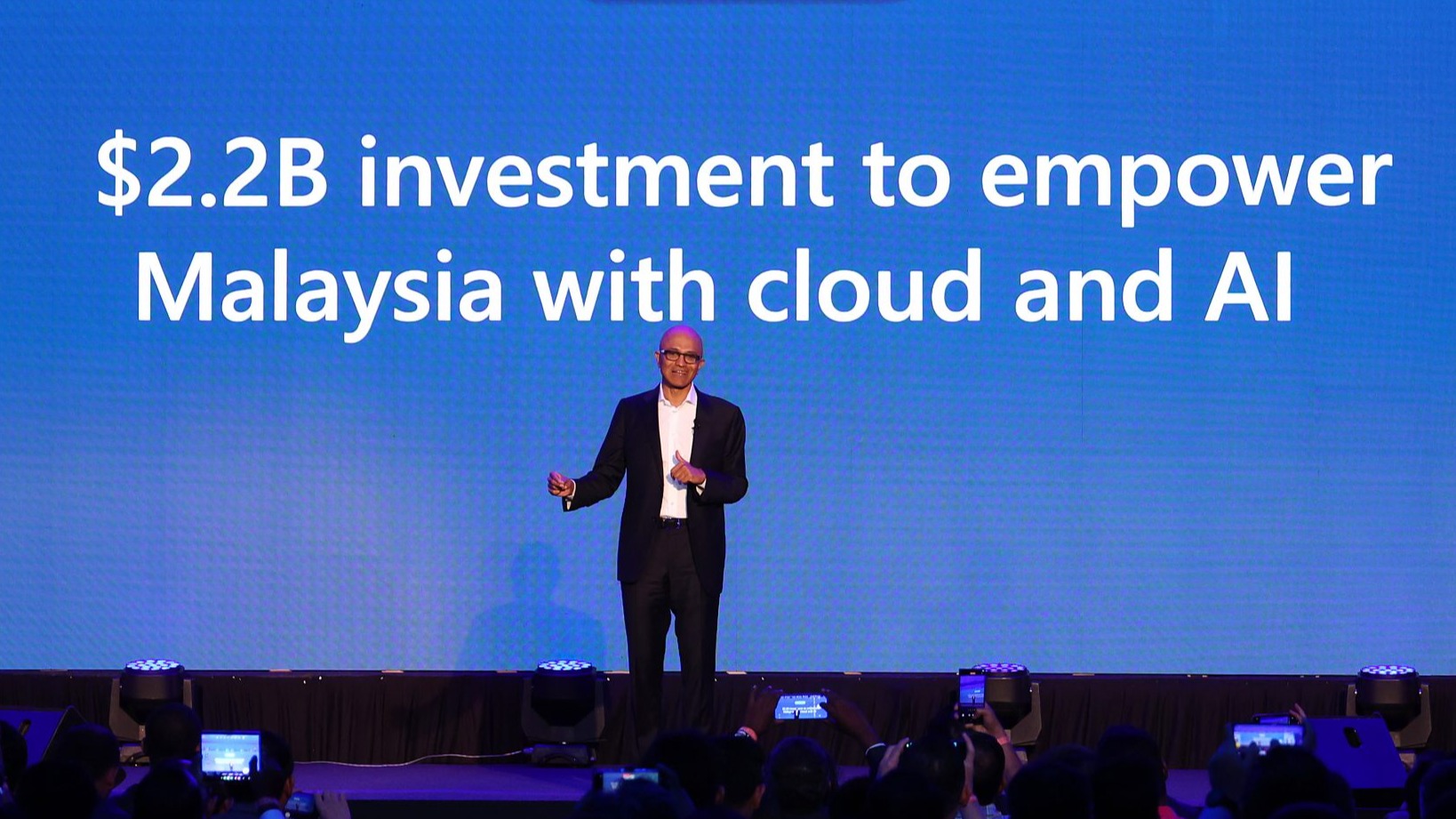Automaker Tesla has abandoned its electric vehicle charging business, firing its entire Supercharger division.
Tesla chief executive officer Elon Musk decided to cut Rebecca Tinucci, senior director of EV Charging, and most or all of the staff that operated and maintain the supercharger system according to multiple posts on LinkedIn.
The apparent winding down of the Supercharger business represents something of an about-face for the company after its decision to open up its charging network to non-Tesla EVs in 2023 was praised by US president Joe Biden.
Tesla has claimed to operate over 50,000 Superchargers globally, making it the largest fast-charging network for electric vehicles in the world.
Musk, who is increasingly facing pressure from investors after the disastrous launch and recall of the Cybertruck and his rapidly deteriorating public image, said that the network would still continue to operate and expand "just at a slower pace for new locations and more focus on 100% uptime and expansion of existing locations."
Tesla’s sales are down over the past 12 months, and last week the company reported its first quarterly revenue decline since 2021. The company’s shares have lost more than a quarter of their value since the turn of the year.
In an attempt to save face, Musk is attempting to pivot the company away from consumer vehicles and reposition itself as a robotics and artificial intelligence firm. Musk has teased a Tesla ‘robotaxi’ service which he said will be unveiled in August.
Latest News
-
The top technology trends to expect in 2026
-
The most read National Technology News stories of 2025
-
Lyft and Uber sign deals with Baidu for robotaxi trial in London
-
Nextdoor launches AI-driven self-serve ads platform for small businesses
-
Italy's antitrust fines Apple €98.6m over alleged App Store dominance
-
Visa partners with UAE real estate firm to launch voice-enabled agentic commerce payments
The future-ready CFO: Driving strategic growth and innovation
This National Technology News webinar sponsored by Sage will explore how CFOs can leverage their unique blend of financial acumen, technological savvy, and strategic mindset to foster cross-functional collaboration and shape overall company direction. Attendees will gain insights into breaking down operational silos, aligning goals across departments like IT, operations, HR, and marketing, and utilising technology to enable real-time data sharing and visibility.
The corporate roadmap to payment excellence: Keeping pace with emerging trends to maximise growth opportunities
In today's rapidly evolving finance and accounting landscape, one of the biggest challenges organisations face is attracting and retaining top talent. As automation and AI revolutionise the profession, finance teams require new skillsets centred on analysis, collaboration, and strategic thinking to drive sustainable competitive advantage.
© 2019 Perspective Publishing Privacy & Cookies








Recent Stories